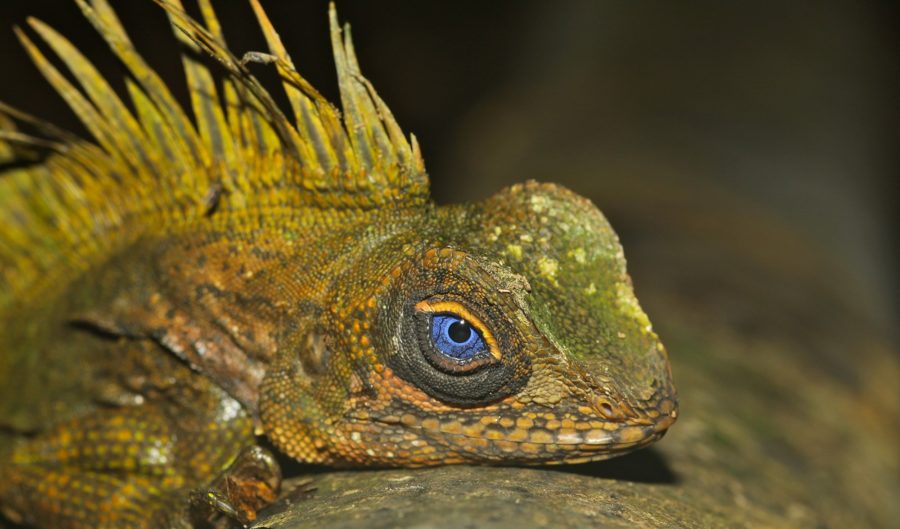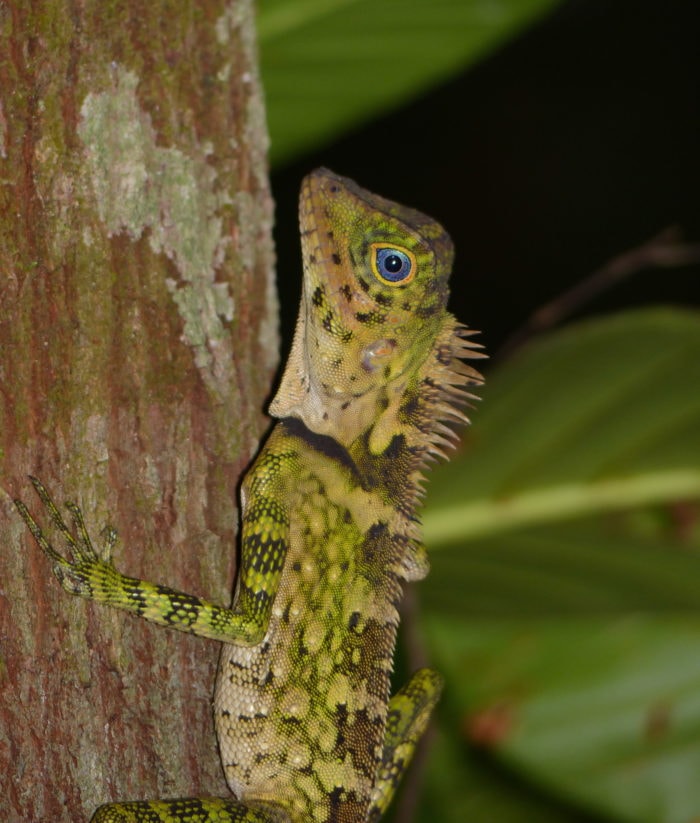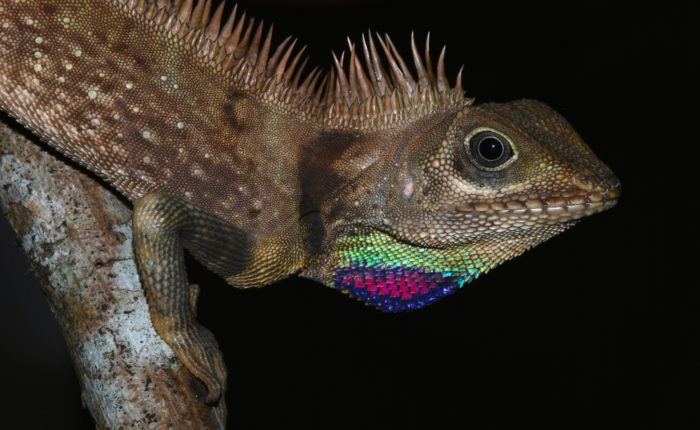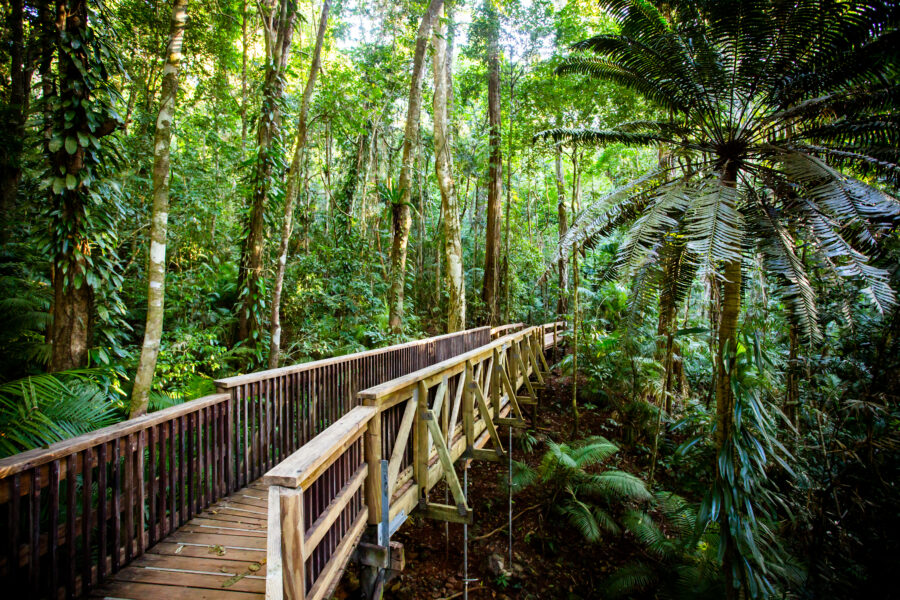This forest dragon has the most incredible blue eyes

Bec Crew
Bec Crew

We just want to bottle that colour and throw it everywhere. There is seriously nothing better than blue in nature, and to get it in an eyeball like this is just spectacular.
Meet the blue-eyed anglehead lizard (Gonocephalus liogaster), a little-studied species of forest dragon found on the tropical isles of Indonesia and Malaysia.
This particular male was spotted in Taman Negara, a vast national park on the Malay peninsula of Malaysia, which encompasses an ancient forest thought to be more than 130 million years old. At that age, it rivals Australia’s Daintree Rainforest as the oldest tropical rainforest in the world.
The blue-eyed anglehead lizard belongs to the Gonocephalus genus of lizards, a group of 16 species found throughout Southeast Asia. They’re known for their big, broad heads, brightly coloured scales, and extravagant spines and crests. And, in the case of the handsome critter above, amazing eyes.
Here’s another male, showing off that beautiful blue:

A related species of Gonocephalus, Bell’s anglehead lizard (Gonocephalus bellii), is known for its incredible dewlap. It looks like something out of a video game:

The fact that a group of lizards that looks like this can be so neglected by researchers is one of life’s little mysteries, but one thing we do know is that Australia once had its own Gonocephalus lizards… until they were reclassified and then reclassified again into an entirely different genus.
About 30 years ago, an unpublished PhD thesis raised the question of whether Gonocephalus species from Australia, New Guinea, and the Solomon Islands were different enough from those in Southeast Asia to warrant a rejig of the classification system.
A number of studies in the 90s backed up this idea, and saw 20 Gonocephalus species from Melanesia and Australia being placed in the resurrected genus, Hypsilurus.
Fast-forward to 2016, when another paper came out saying that the two Australian species in the newly resurrected Hypsilurus genus were different enough again to be separated into yet another genus, Lophosaurus.
There are now three species in this group: Boyd’s forest dragon (Lophosaurus boydii), found in northern Queensland; the southern forest dragon (Lophosaurus spinipes) from southern Queensland and northern NSW; and the Indonesian forest dragon (Lophosaurus dilophus), found in New Guinea and the Moluccan islands of Indonesia.
Our forest dragons aren’t nearly as impressive as the brightly coloured Southeast Asian species, but they’re still great.


